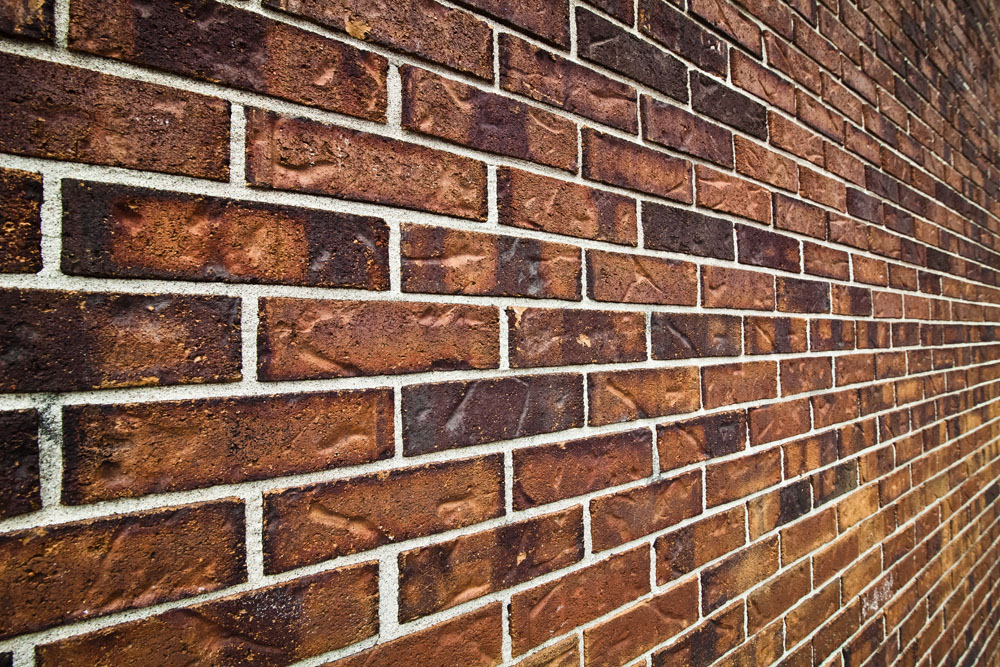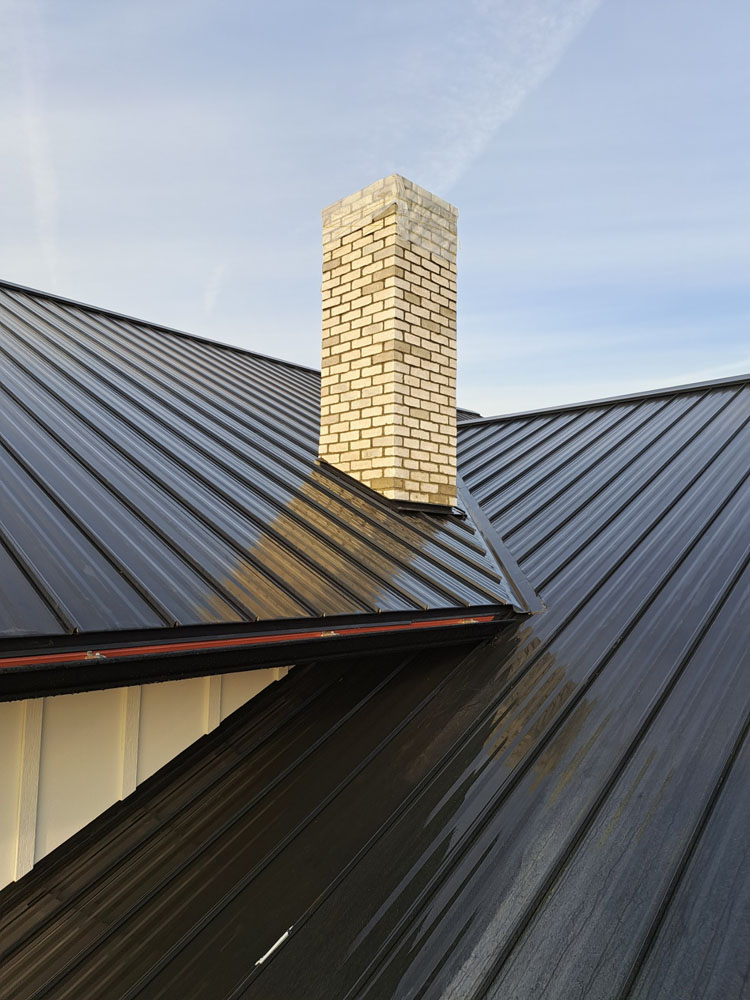Introduction
When it comes to designing your outdoor space, the aesthetics of your stone walkways can make a significant impact. A well-chosen color palette not only enhances the beauty of masonry walkways but also harmonizes with the surrounding environment. With the right colors, you can transform a simple stone walkway into a stunning focal point that invites guests and enhances curb appeal. In this article, we’ll explore various color palettes that work wonders with stone walkways, providing insights into how to choose the right hues to complement your masonry walkway.

Color Palettes That Work Wonders with Stone Walkways
Stone walkways are a timeless choice for homeowners seeking durability and charm. However, selecting the perfect color palette to pair with these masonry masterpieces is crucial. Whether you’re laying new stones or refreshing an existing walkway, understanding how colors interact can elevate your landscape design.
The Importance of Color in Landscape Design
Colors play a vital role in our perception of spaces. They evoke emotions and set the mood for any environment. For instance, warm tones can create a welcoming atmosphere, while cooler shades promote tranquility. When considering masonry walkways, think about how different colors can enhance or detract from the natural beauty of stone.
Understanding Color Theory
Before diving into specific palettes, it's essential to grasp some basics of color theory:
Primary Colors: Red, blue, and yellow are the building blocks for all other colors. Secondary Colors: Mixing primary colors results in secondary colors like green (blue + yellow), orange (red + yellow), and violet (red + blue). Tertiary Colors: These arise from mixing primary and secondary colors. Complementary Colors: Opposite each other on the color wheel (like blue and orange) create striking contrasts. Analogous Colors: Located next to each other on the wheel (like blue-green and blue) provide harmonious blends.Choosing Your Base Color
When it comes to stone walkways, selecting a base color is foundational. What do you envision? Do you want your walkway to stand out or blend seamlessly into its surroundings?
Neutral Tones for Timeless Elegance
Neutral tones such as grays, beiges, and whites serve as excellent base colors for stone walkways. They provide versatility and elegance without overwhelming other elements in your landscape design.
- Benefits: Complements various architectural styles Easily pairs with vibrant garden plants Offers a clean backdrop for colorful decorations
Warm Color Palettes for Inviting Spaces
If you're aiming for a welcoming feel in your outdoor area, consider warm palettes that feature reds, oranges, and yellows.

Terracotta Reds: Embracing Earthy Hues
Terracotta stones can add warmth and richness to your masonry walkway design.
- Recommended Plants: Sunflowers, marigolds Best Complementary Colors: Olive greens and sandy beiges
Cool Color Palettes for Calm Environments
For those looking to create serene outdoor spaces, cool colors should be at the forefront of their design choices.
Soft Blues: The Essence of Tranquility
Soft blues can evoke feelings of calmness akin to a gentle breeze or flowing water.
- Recommended Plants: Lavender and blue hydrangeas Best Complementary Colors: Grays and whites
Contrasting Colors for Striking Visuals
If you want your masonry walkway to serve as an eye-catching feature rather than merely functional paths through your garden space, then consider contrasting color palettes.
Bold Black Against Vibrant Greens
Black stones laid amid lush greenery make for an impressive statement that commands attention.
- Recommended Plants: Brightly colored flowers like red roses Best Complementary Colors: Yellow-gold accents
Using Textures Alongside Color Palettes
While color is critical in designing attractive stone walkways, texture also plays a pivotal role in enhancing visual appeal.
Smooth vs Rough Textures: The Impact on Aesthetics
Smooth stones reflect light beautifully while rough textures offer depth and interest.
- Experimenting with contrasting textures alongside chosen color palettes yields dynamic results.
Incorporating Lighting into Your Design Choices
How does lighting affect color perception? Natural sunlight will cast shadows that alter how we see colors throughout different times of day—an important consideration when planning landscaping around masonry walkways!
Outdoor Lighting Options That Enhance Color Perception
Solar Path Lights LED String Lights Lanterns & SpotlightsThese options not only illuminate pathways but also highlight textures while enhancing chosen hues!
FAQ Section
1. What types of materials are best used for masonry walkways?
You should consider natural stones like granite or slate due to their durability; however concrete pavers offer fantastic versatility too!
2. How do I maintain my stone walkway's appearance?
Masonry ContractorRegular cleaning with mild soap solutions helps keep pathways free from dirt buildup!
3. Can I mix different types/colors of stone?
Absolutely! Mixing creates unique patterns tailored specifically towards personal aesthetics—just ensure complementary hues exist within selections made!
4. Are there specific plants that pair well with stone?
Yes! Opting for low-maintenance perennials such as sedum or ornamental grasses works wonders against stony surfaces.
5. How do seasonal changes affect my chosen palette?
Seasonal shifts influence growth cycles—colors may shift over time so consider evergreens as anchors year-round amidst flowering plants blooming seasonally!
6. What's one common mistake homeowners make regarding their landscaping?
Neglecting proper scale! Ensure features align correctly proportionately within overall designs—too big/small disrupts cohesiveness significantly!
Conclusion
Selecting an appropriate color palette is integral when creating visually appealing environments around stone pathways—especially if designed using durable materials like masonry! By understanding fundamental principles governing hues alongside combining textures thoughtfully; every homeowner can enhance curb appeal dramatically while maximizing aesthetic enjoyment outdoors! So go ahead: experiment boldly until finding just-right combinations that truly reflect individual tastes—and transform ordinary spaces into extraordinary retreats filled with delightful charm!
